Story Flavor characteristics of Konga Kongjia / Kongjia Coffee beans in Yejia Coffee producing area
The water washing of Yejasuefi coffee in Yejasuefi production area has been well known, and it can also be misleading. Is it true that the coffee in Yejasuefei production area is washed? Actually, no, there are still some amazing flavor characteristics of sun-treated coffee beans. Today, in front of the street, I will tell you about the sun-treated coffee in Yejasuefei-Kongjia Coffee.
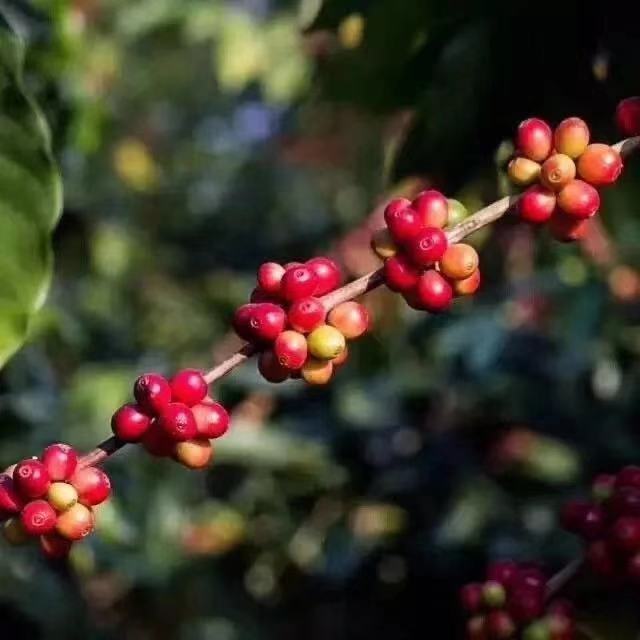
Yejasuefi producing area is a boutique coffee producing area of Ethiopian coffee birthplace, and it is also synonymous with boutique coffee. Its washed Yejasuefi coffee is an entry bean for the world to enter boutique coffee.
Why does Yega Xuefei have such a high opinion of it? Let's take a look at the growing environment in the Yega Sheffei producing area.
The early residents of the Yejasuefei coffee producing area gathered in the swamp area, and the place name Yega Xuefei also meant to live away from the water. Yega Chuefei is a small town in the Gedeo region of Kiddio in the south, with an elevation of 1700m to 2100m. It is one of the highest coffee growing areas in the world. It originally belongs to the Sidamo producing area, because the coffee produced is very distinctive, and the coffee flavor is obviously recognizable, so it is independent into a producing area. Next to it are three small producing areas, Wenago, Kochere and Gelena Abaya, which produce coffee with a flavor similar to that of Yega Sheffield, so Kochere is also classified as Yega Sheffield. There are 28 member cooperatives, large and small, in Yejashafi producing area, each of which does not produce much. They are generally planted in their own backyard or mixed with other crops, worthy of the name of small farmers.
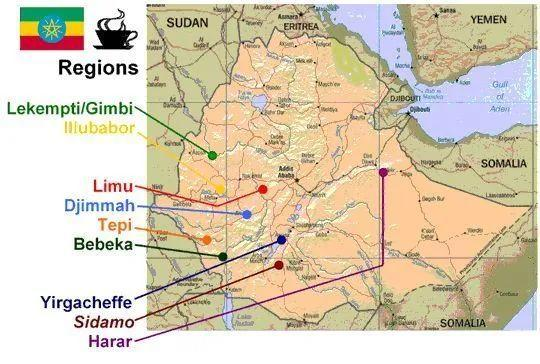
Kongjia cooperative
The Conga Cooperative (Konga Cooperative) is one of the 26 cooperatives under the Yegashefi Coffee Farmers Cooperative Union (The Yirgacheffe Coffee Farmers Cooperatives Union, YCFCU), located 5 km south of the town of Yirgacheffe. The Conga Cooperative was established in 1994 and joined the YCFCU Cooperative Union in 2002. Konga is used as the name of the cooperative because of its proximity to the Konga River basin and the vicinity of the village of Kongjia. The Konga Cooperative is composed of more than 1500 family members of small coffee farmers, whose average farming area is less than 1.25ha and grow at an altitude of about 1800 to 2250 meters. Coffee varieties are mainly a mixture of Typica and local native species (Heirloom).
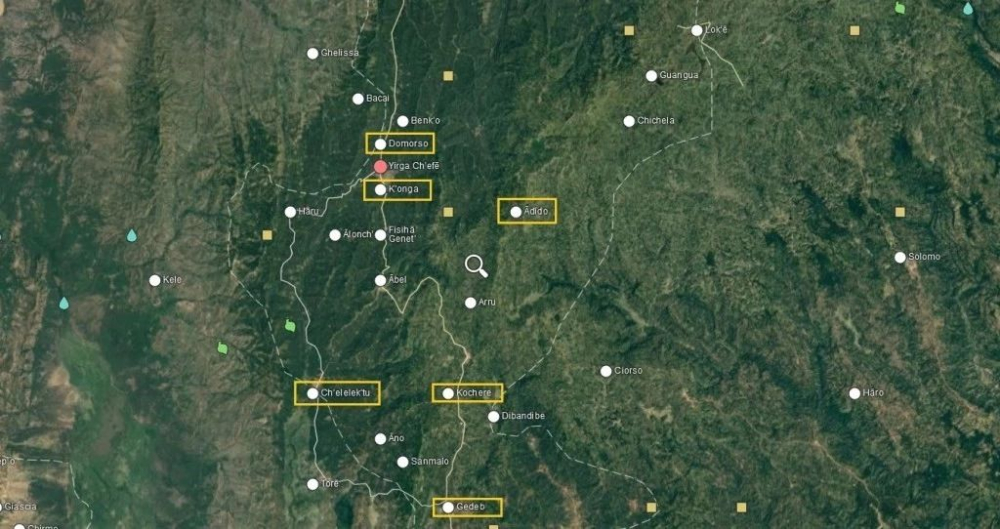
The coffee flavor of each coffee producing area in Ethiopia is obviously different, which has a lot to do with the growing environment of the local producing area. Therefore, in order to satisfy everyone to taste the coffee flavor of different producing areas of Ethiopia, there are more than a dozen single coffee beans in Ethiopia in front of the street, while there are five single beans in Yejassefi producing area. What makes Konga special is that coffee beans are grown locally in red soil, which is rich in high-speed iron, and the red soil is 1.5m thick. The deep soil is rich in nutrients, and it is very beneficial to grow coffee beans in soils rich in iron content, because iron is a micronutrient that helps plants produce chlorophyll and allows coffee plants to absorb more nutrients through photosynthesis. and then improve the quality of coffee fruit. It is this unique geographical environment that makes it possible to grow such excellent coffee. The fertile red land is one of the keys to the good coffee produced by the Kongjia cooperative.
Kongjia coffee variety
Perhaps careful friends will find that most of Ethiopia's coffee beans are written about local native species. What kind of variety is this? Qianjie learned that Ethiopia is not only the birthplace of coffee, but also the gene bank of coffee, in which there are many varieties of coffee, and it is difficult to identify them. The local government does not disclose the information of these varieties for the purpose of protection. Because many varieties have taken root here for many years, they have long formed a distinctive flavor of origin, so they are also directly referred to as the original species. The variety of Kongjia coffee beans, like many Ethiopian beans, is native to the region.
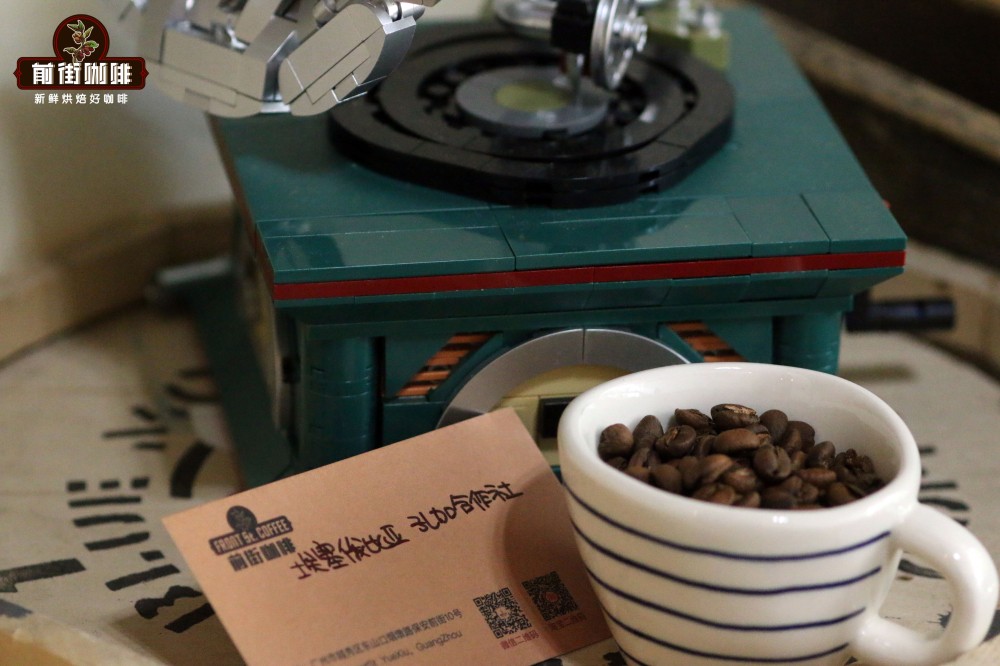
In addition, Ethiopia's export standards for the classification of raw coffee beans do not include the size of beans, which is mainly classified according to the proportion of defective beans in coffee fruits and the flavor quality of cup tests. every 300 grams of raw coffee beans contain less than 3 defective beans is G1 grade. That's why we see Ethiopian beans of different shapes and sizes.
Kongjia coffee bean treatment
Kongjia coffee belongs to the Yega Xuefei producing area, is it also washed? Of course, Qianjie has already said that Kongjia coffee is a kind of sun-treated coffee bean in Yega Xuefei producing area. In fact, Yejasuefei uses the oldest sun treatment, but in 1972, Ethiopia introduced water washing technology from Central and South America in order to improve its quality, making its jasmine and citrus fragrance clearer and more refined. Yega Xuefei has become one of the best quality beans in the world, thanks to its superb washing technology. Since the 1970s, this area has been mainly washed, becoming the most popular water-washed bean producing area in Ethiopia.
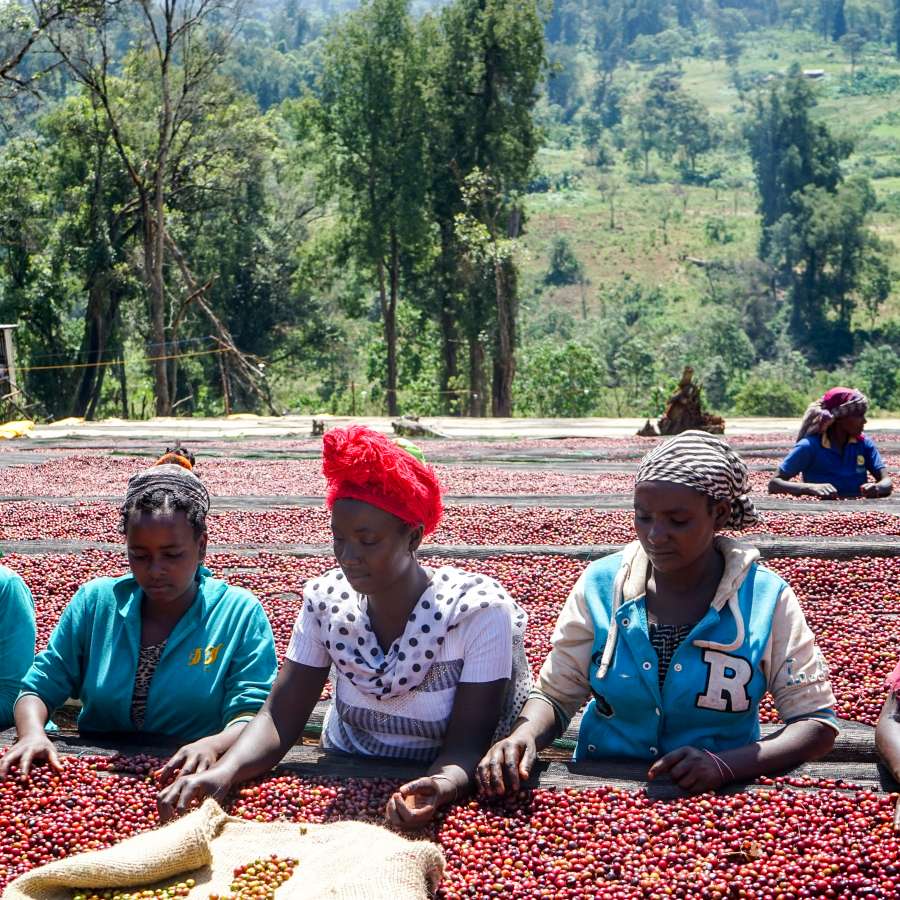
In the way of Kongjia sun treatment, the Kongjia cooperative has a unified drying bed for drying coffee beans, and the selection of coffee fruits is very strict. Immature, damaged and overripe fruits are all removed, and only ripe red coffee fruits are selected. Put the shelled coffee fruit on a shaded viaduct and dry in the sun for 2 weeks until the water content is only 12%, then you can pack and send it to the warehouse for graded packaging. Qianjie believes that sun-dried coffee beans are relatively less bright than those washed in water, but they have a strong aroma of fermented fruit and a fuller sense of fruit juice.
Suggestions for making coffee in front of the street:
For the brewing of coffee, Qianjie has always believed that the freshness of coffee beans is a very important link, the freshness of coffee beans can maximize the rich flavor of coffee. The coffee beans shipped in Qianjie are all roasted within 5 days, because Qianjie is well aware that the freshness of coffee beans has a great impact on the flavor. The purpose of Qianjie roasting is "freshly roasted coffee", so that every guest who places an order is the freshest coffee when he receives it. The bean cultivation period of coffee is about 4-7 days, so when the guest gets it, it is the time when the flavor is the best.
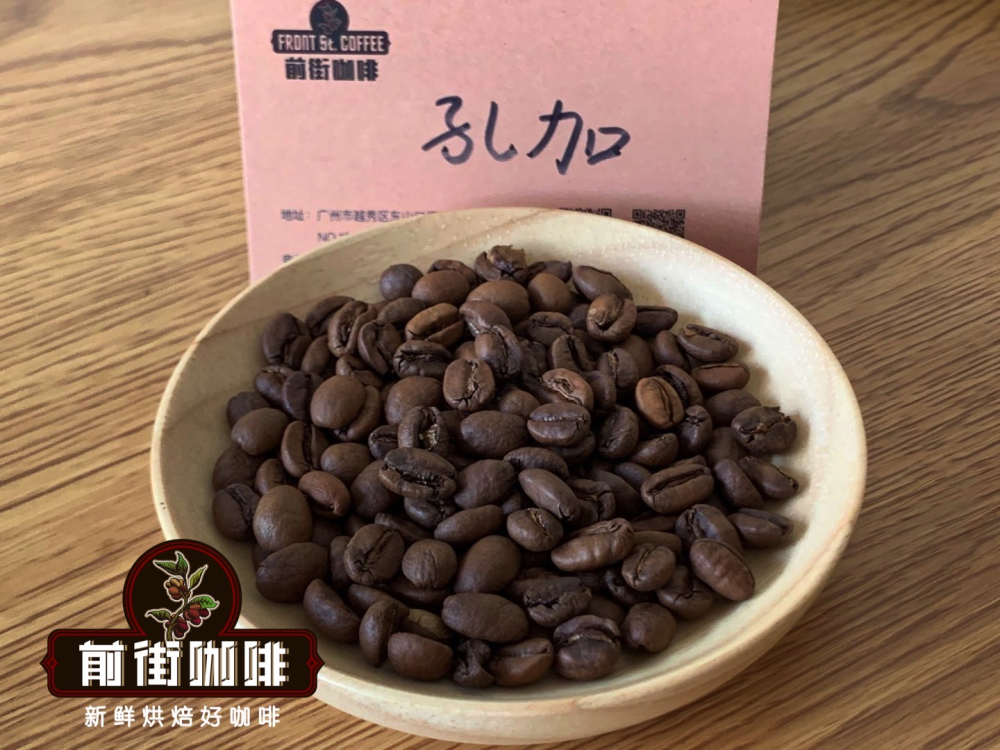
Of course, there are some customers who need help grinding powder in front of the street, which doesn't matter, but Qianjie has to warn: if the coffee beans are ground ahead of time, there is no need to raise the beans, because in the process of transportation, the pressure caused by carbon dioxide in the package can also make the coffee flavor mellow, so when you receive the coffee powder, you can immediately make a cup of coffee drink. But the coffee powder needs to be brewed in time, because the coffee powder oxidizes more quickly after contact with the air, that is to say, the flavor of the coffee will dissipate more quickly, and the flavor of the coffee is not so good. Therefore, Qianjie suggests buying whole beans, grinding and flushing now, so that we can better taste the flavor of coffee.
Qianjie brewing hole plus coffee parameters:
Kongjia coffee beans have the classic flavor of Yega Chuefei, in order to make it show fresh citrus flavor, retain the fragrance of jasmine, the front street uses medium-light baking. As Ethiopia's coffee grows at a higher altitude, the texture of beans is harder, so Qianjie chose: V60 filter cup, using the uniform flow rate characteristics of V60 filter cup, can better highlight the sweet and sour layer, water temperature 90 ℃, using higher water temperature to extract coffee aroma substances, water powder ratio at 1:15, powder content 15g, grinding degree (China 20 standard sieve pass rate of 80%).
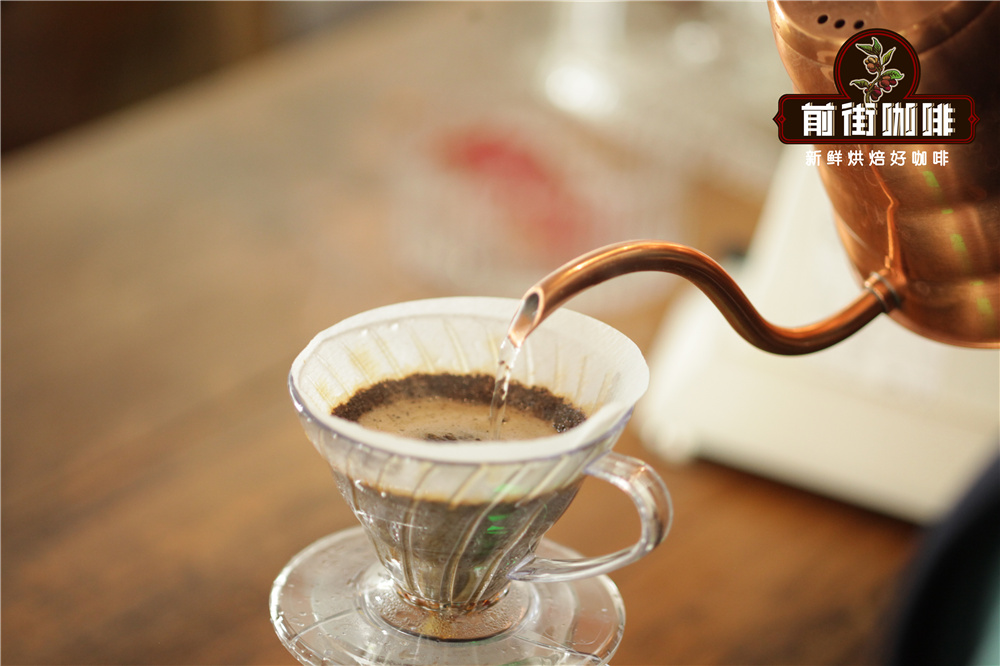
The use of segmented extraction, with twice the amount of coffee powder water for steaming, that is, 30 grams of water for 30 seconds, and the reason for the need for steaming process is to make coffee powder can discharge the internal carbon dioxide gas, so that the latter stage of the extraction is better stable. When the small water is injected around the circle to 125 grams, the injection will be stopped until 225 grams, then the filter cup will be removed after the dripping of the filter cup, and the extraction time will be 2 minutes 39 grams. Next, pick up and shake the whole cup of coffee, then pour it into the cup and taste it.
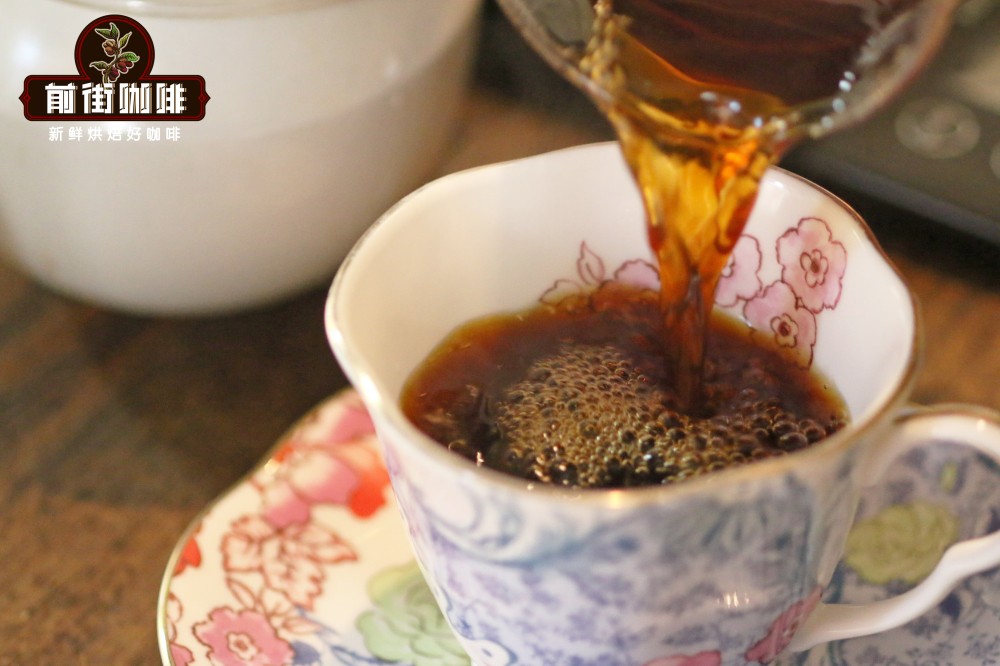
Kongjia coffee flavor features: after grinding, there are fresh and elegant jasmine flowers, you can drink lively berries and citrus acidity when brewing, with the sweet taste of cream and honey, the overall taste is like drinking a cup of mixed fruit juice, which makes people feel happy.
Ethiopian coffee is like a treasure house, with people can not stop to explore. Therefore, Qianjie got more than a dozen individual beans from different producing areas of Ethiopia; of course, there are more than 50 coffee beans from other producing areas, which have different tastes and give you a different experience!
Professional coffee knowledge exchange more coffee bean information please follow the coffee workshop (Wechat official account cafe_style)
For more boutique coffee beans, please add private Qianjie coffee on Wechat. WeChat account: qjcoffeex
Important Notice :
前街咖啡 FrontStreet Coffee has moved to new addredd:
FrontStreet Coffee Address: 315,Donghua East Road,GuangZhou
Tel:020 38364473
- Prev
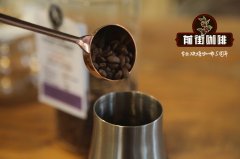
Planting situation of Dumerso Dumeso Coffee in Yega Chuefei Coffee producing area
Professional coffee knowledge exchange more coffee bean information please follow the coffee workshop (Wechat official account cafe_style) Ethiopia is the birthplace of coffee, it is said that an unknown shepherd Kadi Kaldia in the forests of western Ethiopia, found this best-selling mysterious red fruit: coffee, opened the coffee market for thousands of years
- Next

Story Flavor characteristics of Kochere Cochelle / Cochel / Cochel Coffee producing area in Yega Xuefei area
Professional coffee knowledge exchange more coffee bean information please follow the coffee workshop (Wechat official account cafe_style) there are eight major producing areas in Ethiopia: Ekempti, Limu, Illubabor, Djimma, Harrar, Teppi/Be
Related
- Detailed explanation of Jadeite planting Land in Panamanian Jadeite Manor introduction to the grading system of Jadeite competitive bidding, Red bid, Green bid and Rose Summer
- Story of Coffee planting in Brenka region of Costa Rica Stonehenge Manor anaerobic heavy honey treatment of flavor mouth
- What's on the barrel of Blue Mountain Coffee beans?
- Can American coffee also pull flowers? How to use hot American style to pull out a good-looking pattern?
- Can you make a cold extract with coffee beans? What is the right proportion for cold-extracted coffee formula?
- Indonesian PWN Gold Mandrine Coffee Origin Features Flavor How to Chong? Mandolin coffee is American.
- A brief introduction to the flavor characteristics of Brazilian yellow bourbon coffee beans
- What is the effect of different water quality on the flavor of cold-extracted coffee? What kind of water is best for brewing coffee?
- Why do you think of Rose Summer whenever you mention Panamanian coffee?
- Introduction to the characteristics of authentic blue mountain coffee bean producing areas? What is the CIB Coffee Authority in Jamaica?

